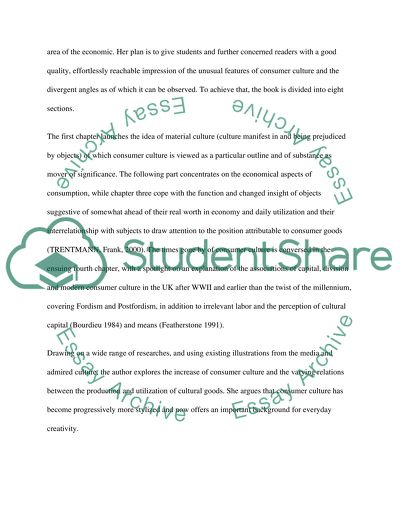Cite this document
(“Consumer culture Essay Example | Topics and Well Written Essays - 1250 words”, n.d.)
Retrieved from https://studentshare.org/miscellaneous/1591648-consumer-culture
Retrieved from https://studentshare.org/miscellaneous/1591648-consumer-culture
(Consumer Culture Essay Example | Topics and Well Written Essays - 1250 Words)
https://studentshare.org/miscellaneous/1591648-consumer-culture.
https://studentshare.org/miscellaneous/1591648-consumer-culture.
“Consumer Culture Essay Example | Topics and Well Written Essays - 1250 Words”, n.d. https://studentshare.org/miscellaneous/1591648-consumer-culture.


